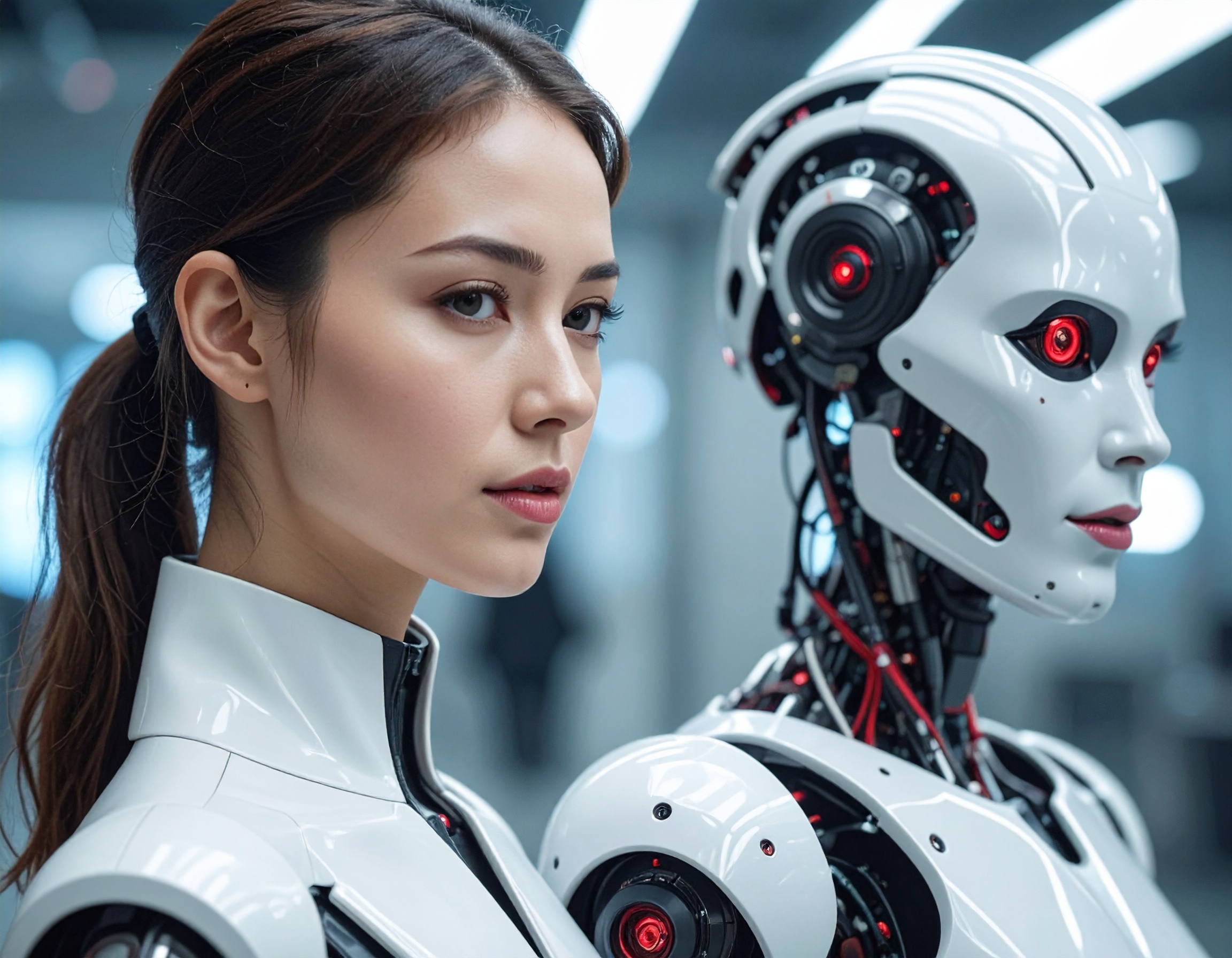Ants to AI: How Tiny Drones Navigate Like Insects

In a groundbreaking study, TU Delft researchers have drawn inspiration from ants to revolutionize navigation strategies for tiny, lightweight robots. By mimicking how ants visually recognize their environment and count their steps, scientists have enabled these small drones to autonomously return home after long journeys, using minimal computational resources.
This innovation is a significant step forward for tiny robots, which often face challenges due to their limited computational power and memory. Current navigation methods for larger robots, such as self-driving cars, are too resource-intensive for these small machines. By turning to nature, researchers have developed a method that allows these drones to navigate effectively without relying on external infrastructure like GPS or beacons.
Facts and Examples:
- Tiny robots (tens to a few hundred grams) are safe and can navigate narrow spaces.
- GPS is often unavailable indoors and inaccurate in cluttered environments.
- Inspired by ants' "snapshot" navigation model, taking occasional visual "snapshots" of their surroundings.
The practical applications of this technology are vast. Tiny drones could be deployed for tasks like monitoring stock in warehouses or detecting gas leaks in industrial sites. The proposed navigation strategy allows these drones to gather data and return to their starting point efficiently, even with limited computational resources.
Potential Applications:
- Stock tracking in warehouses.
- Crop monitoring in greenhouses.
- Search-and-rescue operations where GPS is unavailable.
This breakthrough underscores the potential of bio-inspired design in advancing robotics, making it possible for tiny autonomous robots to perform essential tasks in various real-world environments with enhanced efficiency and reliability.
Key Highlights:
- Inspired by how ants navigate using visual cues and step counting.
- Achieved autonomous navigation with just 0.65 kiloBytes per 100 meters.
- Published findings in Science Robotics on July 17, 2024.
Reference:


